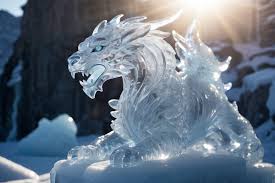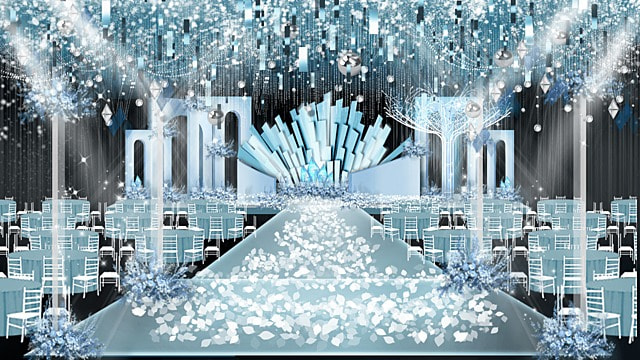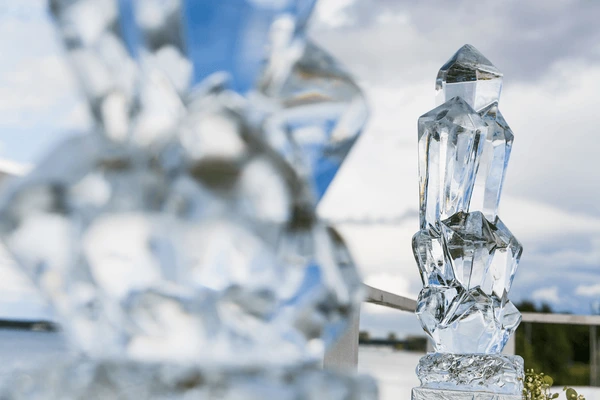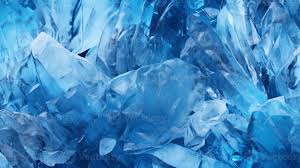Uncategorized
Guide to Sculpting with Ice Crystals
Sculpting with Ice Crystals is a captivating art form that combines the elegance of ice with the intricacy of sculptural design. This guide will explore the fascinating world of sculpting with ice crystals, providing detailed insights into techniques, tools, and tips for creating stunning ice crystal sculptures.
Introduction to Sculpting with Ice Crystals
1. What is Sculpting with Ice Crystals?
Sculpting with ice crystals involves creating artistic forms from blocks of ice that feature natural or artificial crystal formations. This art form is unique because ice crystals can reflect and refract light, adding a mesmerizing dimension to sculptures. Whether for temporary installations or permanent art pieces, sculpting with ice crystals offers an unparalleled aesthetic experience.

2. The Appeal of Ice Crystal Sculptures
- Visual Impact: Ice crystals possess a natural beauty due to their transparency and light-bending properties. Sculptures made from ice crystals can create a dazzling effect as they interact with ambient light, making them ideal for both indoor and outdoor displays.
- Ephemeral Quality: The transient nature of ice crystals adds an element of impermanence to sculptures, which can be both appealing and challenging. This temporary quality encourages creativity and innovation in design, as artists work with a medium that will eventually melt.
Techniques for Sculpting with Ice Crystals
1. Preparing Your Ice Blocks
- Selecting the Ice: To create high-quality ice crystal sculptures, use clear, high-grade ice blocks. These can be purchased from specialty suppliers or made in-house using purified water to minimize air bubbles and impurities.
- Freezing Process: Ice blocks should be frozen slowly to ensure clarity. Use insulated containers and allow the ice to freeze over several days to achieve the best results. A slow freezing process reduces the formation of cracks and air bubbles.
2. Tools and Equipment
- Basic Tools: Essential tools for sculpting with ice crystals include chisels, ice picks, and saws. These tools help shape and carve the ice with precision. Specialized ice sculpting tools can provide more detailed control.
- Advanced Equipment: For more complex designs, consider using pneumatic chisels or hot wire tools. Pneumatic chisels allow for finer detail work, while hot wire tools can create clean cuts and intricate patterns in the ice.
3. Sculpting Techniques
- Blocking Out: Start by blocking out the general shape of your sculpture. Use saws and chisels to remove large sections of ice and establish the overall form. This step is crucial for achieving the correct proportions and dimensions.
- Detail Work: Once the basic shape is defined, move on to detailed carving. Use smaller chisels and precision tools to refine the sculpture’s features. Pay close attention to the interplay of light and ice, as this will enhance the final visual effect.
- Finishing Touches: After detailing, smooth the surface of the sculpture to enhance its clarity and shine. Use a combination of polishing tools and gentle heat sources to achieve a polished, glass-like finish.
Tips for Successful Sculpting with Ice Crystals
1. Work in a Controlled Environment
- Temperature Control: Sculpting with ice crystals is best done in a controlled, cool environment. Ensure the workspace is kept at a low temperature to prevent the ice from melting too quickly.
- Humidity Management: Manage humidity levels to reduce the risk of condensation on the ice sculpture. Excess moisture can cause the sculpture to become cloudy and affect the final appearance.
2. Plan Your Design
- Sketching: Before starting, sketch your design to visualize the final sculpture. This helps in planning the carving process and ensures that you have a clear roadmap for the project.
- Proportions: Consider the proportions of your design carefully. Working with ice requires precision, and accurate proportions are essential for achieving a balanced and visually appealing sculpture.
3. Safety Precautions
- Protective Gear: Wear appropriate protective gear, including gloves and safety glasses, to prevent injury while sculpting. Ice can be sharp, and using tools can pose risks if proper precautions are not taken.
- Handling Ice: Handle ice blocks with care to avoid breakage and ensure the stability of the sculpture. Use supports or frames if necessary to stabilize large or complex designs.

Applications of Sculpting with Ice Crystals
1. Event Decorations
- Weddings and Parties: Ice crystal sculptures make stunning centerpieces or focal points for weddings, parties, and other events. They add a touch of elegance and sophistication, creating a memorable visual impact.
- Corporate Events: For corporate events and trade shows, ice crystal sculptures can serve as unique promotional pieces or eye-catching displays that draw attention and enhance branding.
2. Public Installations
- Festivals and Exhibitions: Public art installations featuring ice crystal sculptures can be a highlight at festivals and exhibitions. Their ephemeral nature adds a dynamic element to outdoor displays and art exhibitions.
- Seasonal Displays: Ice crystal sculptures are perfect for seasonal displays, such as winter festivals and holiday decorations. Their cold, sparkling appearance complements festive themes and creates a magical atmosphere.

Conclusion
Sculpting with ice crystals is an art form that combines creativity with technical skill. By mastering the techniques and tools outlined in this guide, you can create stunning sculptures that showcase the unique beauty of ice. Whether for personal projects, events, or public displays, sculpting with ice crystals offers endless possibilities for artistic expression and innovation. Embrace the challenge and let your imagination guide you in creating captivating ice crystal sculptures that capture the essence of this enchanting medium.


